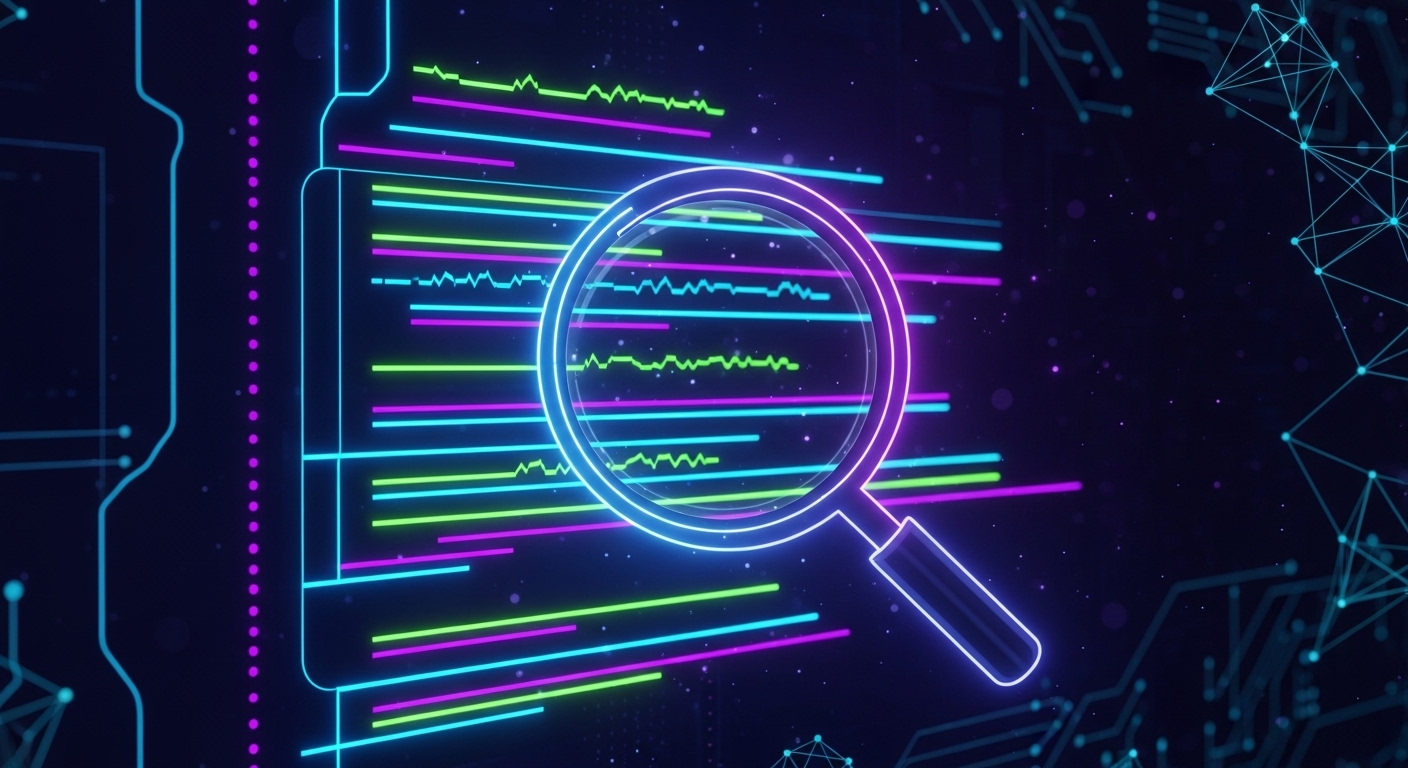How AI Code Review Tools Improve Quality Without Slowing Down Delivery

Why Traditional Code Reviews Struggle at Scale
In fast-moving engineering teams, code reviews can create friction between velocity and rigor. While automated linters and static analysis help, they rarely understand context, intent, or business logic. Common challenges include:
- High review volume: As teams scale, the number of PRs increases exponentially.
- Reviewer fatigue: Repetitive comments and minor issues waste valuable reviewer time.
- Inconsistent standards: Different reviewers have different expectations or coding preferences.
- Delayed feedback loops: Waiting for human review slows delivery, especially across time zones.
AI code review tools were built to solve these pain points by learning from real engineering data and adapting to team-specific conventions.
What AI Code Review Tools Actually Do
AI-driven review systems go far beyond syntax checking. They analyze structure, logic, and best practices at the semantic level, generating actionable feedback that feels like it came from an experienced engineer.
These systems integrate directly into GitHub, GitLab, or Bitbucket, reviewing commits and pull requests in real time — acting as a proactive reviewer that never sleeps.
How AI Enhances Human Reviewers, Not Replaces Them
AI tools like Graphite, Codacy, Sourcegraph Cody, or DeepCode (Snyk Code) do not replace human reviewers; they empower them. The best results come from hybrid workflows where AI handles routine checks and developers focus on higher-level concerns like architecture, business rules, and readability.
Here’s how this balance works effectively:
- AI handles the repetitive work: Detecting stylistic issues, unused imports, performance risks, or minor inefficiencies.
- Humans handle critical reasoning: Evaluating edge cases, intent, and strategic trade-offs.
- Teams gain consistency: AI enforces baseline standards across every repository, ensuring that feedback remains uniform regardless of who reviews the code.
This model scales quality control while preserving the value of human judgment.
Real Productivity Gains in Practice
Engineering teams that adopt AI code review tools report measurable improvements in speed and reliability. According to internal benchmarks across large organizations:
- 30–50% reduction in average code review turnaround time
- 40% increase in reviewer capacity for complex pull requests
- 20–30% fewer post-release defects through early detection
- Consistent adoption of style guides and linting rules across teams
These gains compound over time as AI models learn from each organization’s codebase and refine feedback based on evolving patterns.
Integrating AI Code Review into the Development Pipeline
AI code review fits naturally into modern DevOps and CI/CD workflows. A typical implementation looks like this:
- Developer commits code and opens a pull request.
- AI immediately scans the diff, providing inline comments and explanations.
- The system categorizes issues by severity (critical, warning, suggestion).
- Human reviewers verify important logic while skipping routine checks.
- Once approved, the CI pipeline runs automated tests and merges to main.
This continuous review cycle accelerates delivery while maintaining trust in code quality.
Security and Compliance Advantages
AI review systems are particularly effective in identifying security vulnerabilities and license compliance risks that traditional manual reviews may overlook. They analyze dependency graphs, monitor for unsafe coding patterns, and flag potential data leaks or insecure configurations automatically.
When combined with vulnerability databases and dependency scanning tools, AI reviews become an early warning layer — spotting potential threats before deployment.
The Future of Code Reviews
In the near future, code reviews will become multi-layered collaborations between humans and AI. We will see systems that not only review but also refactor, document, and validate code automatically.
AI will detect anti-patterns in architecture, suggest design improvements, and even predict which modules are most likely to cause regressions. Over time, this will create a feedback loop where the entire codebase improves continuously through autonomous optimization.
The next generation of engineering organizations will measure review velocity and quality as core performance metrics — with AI as the catalyst.
Ready to integrate AI into your code review process?
Contact Amplifi Labs to build faster, safer, and smarter engineering workflows powered by AI.




